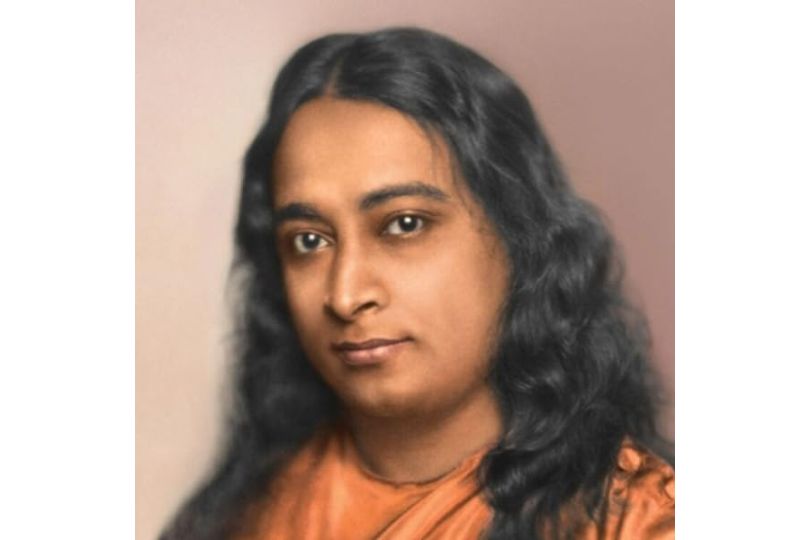Women have Transformed Assamese Literature, from Padmavati Devi Phukanani to Indira Goswami
Explore the rich legacy of Assamese women writers from pioneers like Padmavati Devi Phukanani to literary giants like Indira Goswami.on Dec 01, 2023

'The Assamese: A Portrait of a Community,' by Sangeeta Barooah Pisharoty.
A number of women writers have also made significant contributions to Assam's literary scene. Padmavati Devi Phukanani (1853-1927), daughter of Anandaram Dhekial Phukan, wrote the second Assamese novel, Sudharma's Upakhyan (Sudharma's Tale), in 1884. She was one of the first Assamese women to be properly educated, thanks to her visionary father, who actively advocated for women's education. Hitahadhika, a book for pupils, was later written by her. Her achievements as a feminist writer are also important. She was 32 when she was widowed and wrote articles about her experiences as a widow in Bidhoba and the social standing of women in Samajat Tirutar Sthan.
Swarnalata Baruah (1871-1932), Gunabhiram Barua's daughter, wrote Aarhi Tirota (Model Woman) as well as contributing to Asam Bandhu and Bijuli. Bishnupriya Devi, Barua's wife, also penned a storybook called Niti Katha. Dharmeswari Devi Baruani (1892-1960) was influenced by romanticism when she wrote poems like "Phulor Sorai" in 1929. In her brief life, Jamuneswari Khatoniyar (1899-1924) not only left a collection of Assamese poems (Arun in 1919), but she also arranged the Juroni Sabha, a religious and literary meeting at her home every evening.
Nalinibala Devi (1889-1977) was one of the most well-known women poets in Assam during the Jonaki era. Her novel Sandhyar Sur, as well as her autobiography Eri Aha Dinbur (The Days Gone By), were notable. She was the first woman president of the Assam Sahitya Sabha in 1954, and she was only succeeded by Nirmal Prabha Bordoloi in 1991. In the 105-year history of Assam's foremost literary body, just two women have ascended to the rank of president, indicating the inherent sexism in Assamese society.
This is especially unfortunate when one considers the trajectory of Assamese women writers, beginning with Padma Priya, one of the oldest poets in Indian vernacular literature. Many people were surprised when Chandraprava Saikiani wrote her short novella "Daibagyar Duhita" (The Brahmin's Daughter) during the Avahan dynasty. Her novel, about a child widow, has given Assamese literature yet another Menoka who refused to remain mute in the face of patriarchal practises. Saikiani became an unwed mother herself. In the 1920s, her stories in Banhi and Avahan, such as "Devi" (Banhi, 1921), "Akul Pathik," and "Daibagyar Duhita" (Avahan, 1929), "carved out a space for women as writers and women as the radical subject of delineation in literature."
Noted In Journey of Assamese Women (1836-1937), Assamese feminist writer Aparna Mahanta stated, "If Chandraprava Saikiani had concentrated on writing, she would have become an important short story writer, but her energies were diverted to her social and political activities." In her essay in Communities of Women in Assam, Hemjyoti Medhi demonstrated that the manner Saikiani lived her life was a significant message to the society of her day. "When Chandraprabha Saikiani took over as founding secretary of the provincial AMS (Asam Mahila Samiti), the dynamics of sexual morality, caste, and class construct took on new significance." Saikiani belonged to the Sut caste and was a single mother.
She carried her infant son unashamedly in most of her sociopolitical endeavours, whether as a volunteer in the Indian National Congress in Pandu in 1926 or as an AMS secretary during the Golaghat AMS conference in 1929."
Ghar Jeuti, the first Assamese women's journal, debuted in 1928 and ran till 1932. Medhi had mentioned how the Agarwallas (the family of Jyoti Prasad Agarwalla) of Tezpur provided space in their house Poki to women to start a sipini bhoral (weavers' store) and reporting the activities of the local mahila samiti in their weekly Asamiya (started in 1918). Several magazines at the time also aided in community mobilisation.
Following independence, during the Ramdhenu era, a slew of female writers began producing short stories, novels, and poetry. Among the top names to catch readers' attention were Nirupama Borgohain, Sneha Devi, Kamalini Borbora, Nilima Sarma, Anima Dutta, Prabina Saikia, and Indira Goswami (Mamoni Roisom Goswami). Though written in her undergraduate days, Nirupama Borgohain's short story "Anthropologir Saponar Pisot" is still regarded as a masterpiece in Assam literary circles. She received the Sahitya Akademi Award in 1996 for her work Abhijatri.
Indira Goswami (1942-2011), a celebrated author, followed the path of Assamese women writers, offering a glimpse into the inner world of women via a series of outstanding novels. Goswami genuinely became the first person to pass the Assamese literary threshold and become a national literary figure. A great deal of research has been done on her characters, particularly Giribala in Datal Hatir Uye Khuwa Hawda (1988), Houdamini in Nila Kantha Braja (1976), Damayanti in Sanksar, and even the depiction of her own life in her marvellous autobiography Adhalekha Dastabej (Unfinished Autobiography). Her works have been translated into a number of national and international languages. Goswami's writings also introduced characters and plots from other parts of India into Assamese literature.
She depicted the severe poverty and sexual exploitation of Vrindavan's widows in Nilakantha Braja. After witnessing the anti-Sikh riots in Delhi in 1983, she penned the moving novel Tej Aru Dhulire Dusharit Pristha. Her Dosorothor Khoj, written as an authority on Ramayana literature, is also worth reading. Her novel Chinnamastar Manuhto is based on the animal sacrifice ritual conducted at the Kamakhya Temple in Guwahati; she has been a vegetarian her entire adult life in protest of that ritual.
Goswami's literary genius revolved around short tales and poetry as well. She was awarded the Jnanpith in 2000, making her the second Assamese writer to get the prestigious award. After Goswami came a new generation of Assamese writers, including Arupa Patangia Kalita, Tilottama Misra, Manorama Das Medhi, Anuradha Sarma Pujari, Karabi Deka Hazarika, Rita Chowdhury, and Moushumi Kandali. The list continues to grow.



.jpg)






.jpg)

.jpg)
.jpg)

.jpg)
.jpg)
.jpg)










Sorry! No comment found for this post.